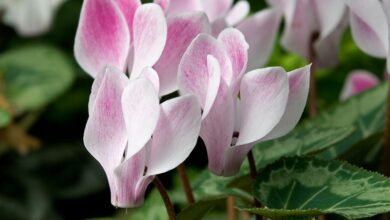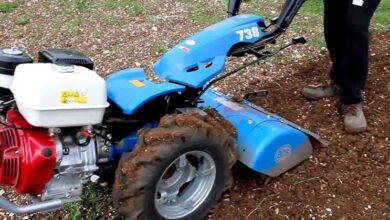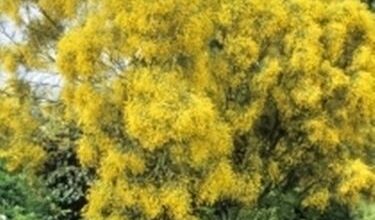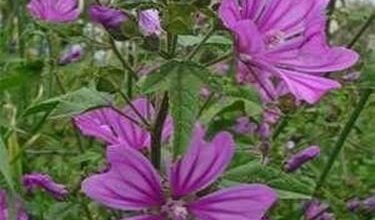Hydrangea quercifolia
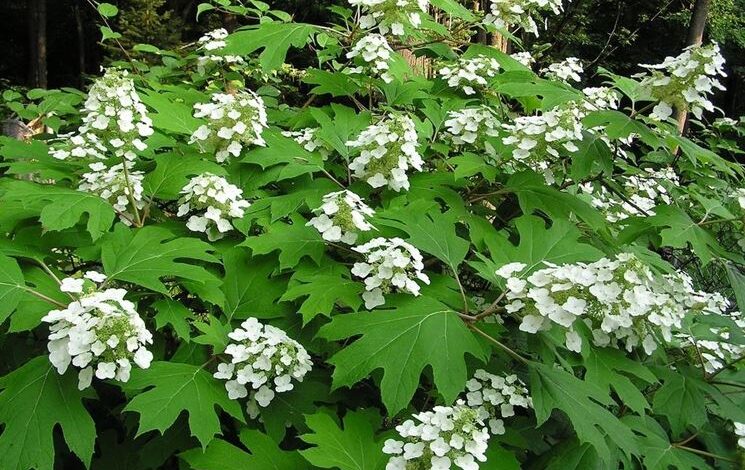
The hydrangea quercifolia
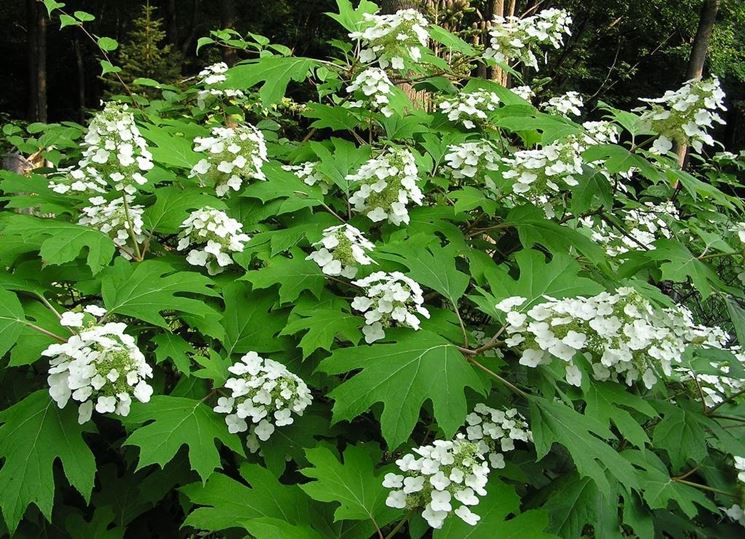
hydrangea quercifolia in bloom» width=»745″ height=»539″ longdesc=»/giardino/ortensia/ortensia-quercifolia.asp»>
There is no single type of hydrangea quercifolia. In fact, we can count at least five types that differ from each other in terms of color, flowering period and size of the plant. The most famous is the so-called Snow Flake , with inflorescences gathered in very dense cones inside the bush. The white flowers cross the shades of pink and beige, as well as the leaves go from dark green to bronze, in an explosion of autumn colors. This quercifolia tree should not be confused with its sister Snow Queen , less showy and with more sparse inflorescences, of a pure white color. Quercifolia Aliceit is the most robust of the family and its bushes can reach up to 3m in height. Characterized by very large panicles of cream-colored flowers, with maturation they tend to take on a bright pink color. This is why it is the most colorful shrub in the family. Alongside these most common, there are also Harmony, very dense conical inflorescences that cover almost the entire bush, and Quercifolia itself, with sparse white panicles but lush leaves that change color passing from green to dark autumnal red.
The oak hydrangeas: exposure, watering, soil.
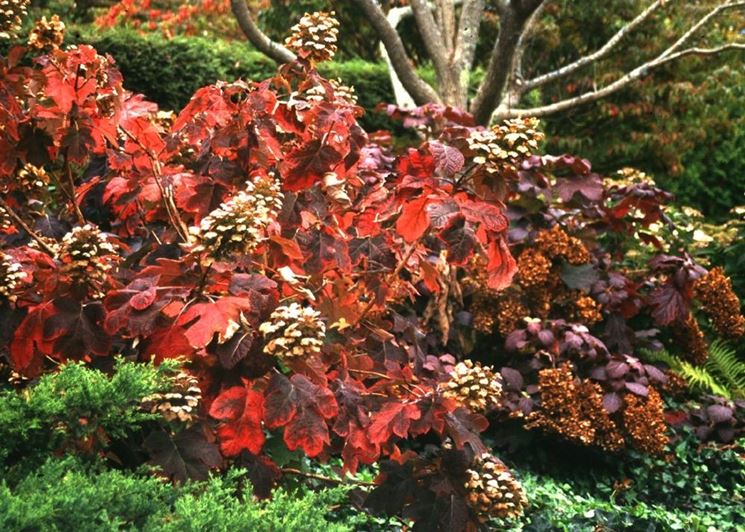
The oak hydrangeas have adapted well to the climates of our European gardens. Although few still know its beauty, this hydrangea is the easiest to care for. Here are some basic tips. First of all the exposure. Unlike the more well-known species, the oaks are more resistant. In fact, they seem not to fear direct exposure to the sun which, on the other hand, is so feared by all the Hydrangee. If the habitat is a temperate climate, this type of hydrangea also manages to adapt to climates where the water supply is significantly lower. However, watering is a very important factor. The hydrangea quercifolia fears stagnation of water that can cause the root system at its base to rot. Likewise, it prefers watering such as to guarantee the right humidity to the substrate: more abundant in summer, moderate in winter, when the plant is at rest. Soil is the third basic factor. Quercifolia is an acidophilic, like all hydrangeas, so it will need a soil with a pH between 5.6 and 6. If these values are not reached, it is necessary to use a chemical fertilizer.
Hydrangea quercifolia: The pruning of hydrangea quercifolia
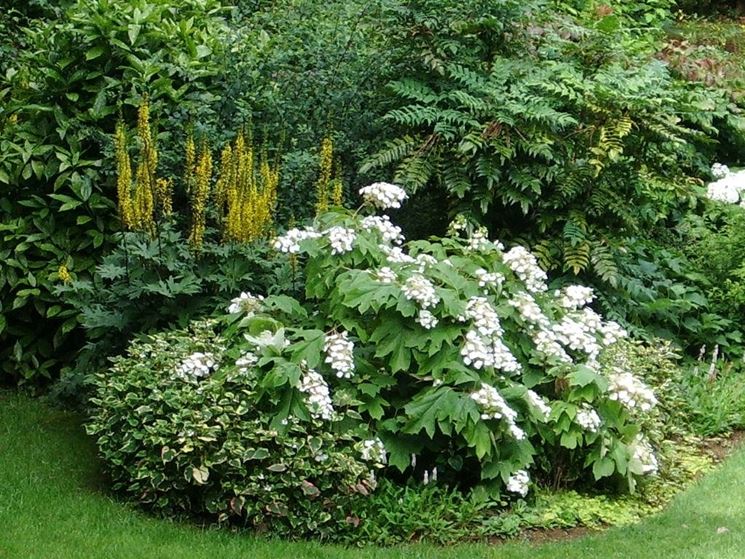
As with all hydrangeas, pruning is also a very delicate and important operation for quercifolia. Whether the shrub is in pot or in full ground, knowing when and how to prune is crucial to obtain a good flowering.First of all we must remember that the flowering of the quercifolia occurs from the apical buds, from those buds that are found at the top of fertile branches. Secondly, hydrangea can only be pruned if the bush has grown too large. Otherwise, a simple cleaning of the plant at the end of the season will suffice to remove flowers and dry branches.The most suitable time to prune the plant is, however, immediately after flowering, when the dry branches are clearly recognizable. In this case you will have to be very careful and not cut the branch below the pair of buds present on the branches. If this were to happen, the plant would be excessively impoverished and would not bloom in due time. Furthermore, it is good to remember that hydrangea quercifolia blooms on the old branches of the plant and not on the new ones. If we have decided to prune it, let’s do it but paying close attention.

